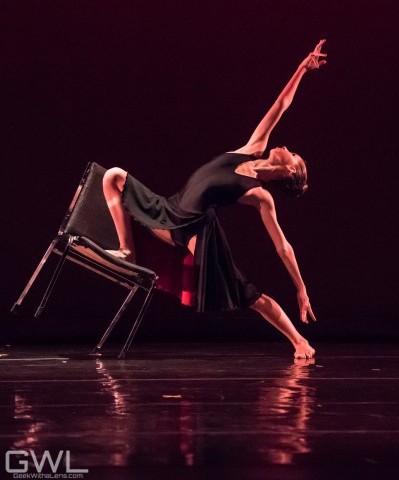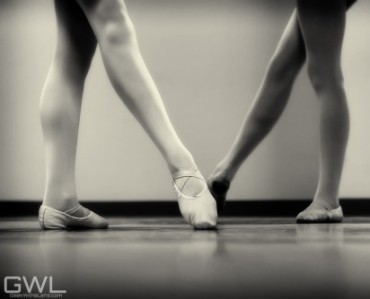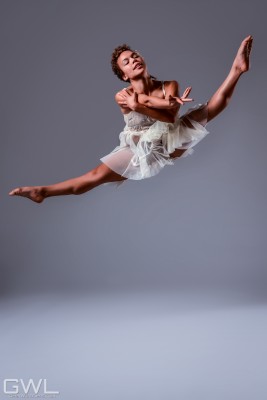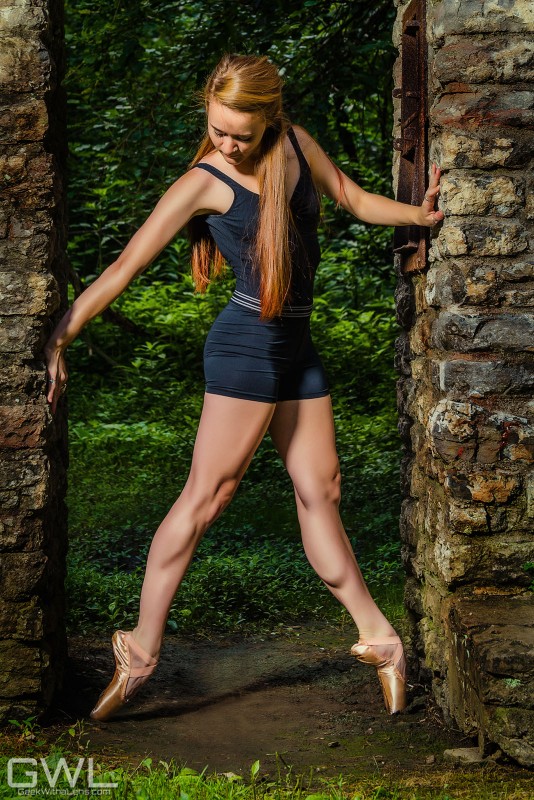Being Smart Dancers (and Helping to Create Them)
 There are many ways to be a smart dancer, but one of the biggest factors is, surprisingly enough, actually asking fewer questions and making sure the questions you do ask are intelligent ones.
There are many ways to be a smart dancer, but one of the biggest factors is, surprisingly enough, actually asking fewer questions and making sure the questions you do ask are intelligent ones.
Let me start by saying this article has little to do with my younger students. The youngest age I teach is six, but even with them, they know that we only ask questions about ballet in ballet class. I love to hear about their day and what they think and how they feel, but they have to talk to me before or after class. Every time they raise their hand during class, I ask, ‘Does this have to do with ballet?’ Nine times out of ten, they then put their hand down. I laugh and tell them to tell me all about it after class. This article, however, has to do with my students ten years of age and up.
Some teachers and parents today tell children that there is no such thing as a stupid question, but I beg to differ. I think this type of teaching has weakened children’s deductive reasoning and their ability to critically think and problem solve for themselves. It also has lessened their observation and listening skills, both of which are essential when it comes to picking up movement and choreography.
I love when a student asks questions about a complicated concept like rotators or inner thigh muscles. I love when they ask me to clarify or reword a correction. I even love when the younger ones ask me the stories of the great ballets and we have story time while we stretch. These are all good questions and help them further their body awareness and understanding of their art form.
So what am I talking about when I say stupid questions? I mean asking the question I just answered when I demonstrated, but they didn’t hear or see because they one, weren’t paying attention, or two, had their hand up in the air thinking about the question they were going to ask instead of listening when I was explaining what I wanted. I mean asking the same question someone asked a few minutes before, but the student was too busy talking or staring out the window and so didn’t hear the answer. I mean asking about details when, if they had watched closely during the three plus times I demonstrated the combination, he or she would have known. I mean asking a question that, if they had thought about it for 60 seconds, the student could have answered for themselves with the information that had already been given to them.
It’s gotten to the point with some students and classes that every time I see their hand up, I have to ask, ‘Have you thought about your question and tried to answer it yourself?’ Nine times out of ten, they think about it, laugh, nod and then put their hand down. They can figure it out themselves, but they are so used to some teachers and parents doing the thinking for them, that they find it easier to just ask and get the answer rather than to think for themselves.
Read More…





